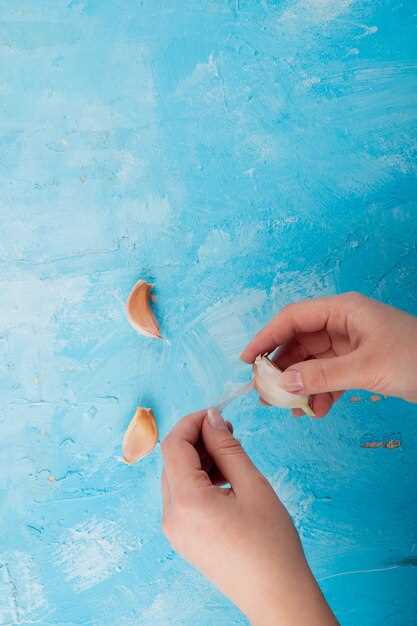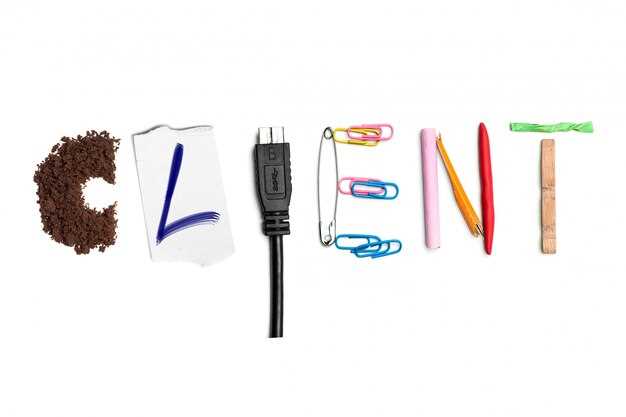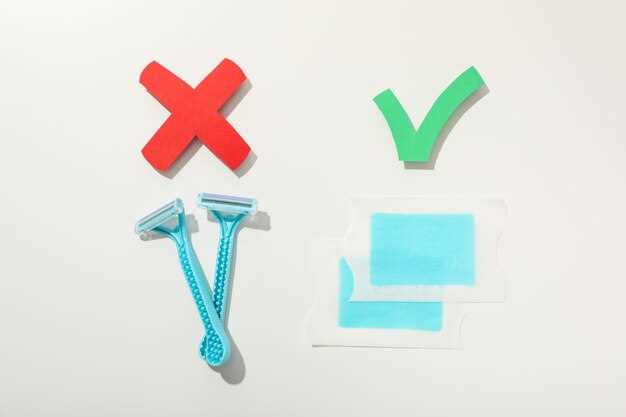
Scratches on surfaces can be an eyesore and may lead to further damage if not addressed promptly. Understanding the different types of scratches that can occur on various materials is essential for effective repair. This knowledge not only helps in identifying the best treatment methods but also assists in maintaining the aesthetic appeal and integrity of your belongings.
There are several categories of scratches, each requiring a distinct approach for repair. Superficial scratches often affect only the surface finish and are usually less severe, while deeper scratches can penetrate through layers of paint, varnish, or even into the base material. The method of repair varies depending on the depth and type of the scratch, making it crucial to assess the damage accurately before taking action.
In this article, we will explore the various types of scratches, including their causes, and provide detailed repair techniques tailored to each type. Whether you’re dealing with a scratched car paint, wooden furniture, or electronic devices, knowing how to effectively restore these surfaces can save you time, money, and frustration. By the end, you’ll be equipped with the skills necessary to tackle scratches with confidence.
Identifying Surface Scratches on Different Materials

Identifying surface scratches varies significantly depending on the material in question. Recognizing the type of surface you are dealing with is crucial for determining the appropriate repair methods.
For metals, scratches may appear as fine lines or deeper gouges. Light scratches on stainless steel often show a hairline effect and can be identified by their reflective quality. Deeper scratches may create a noticeable disruption in the surface finish, leading to easier identification. Aluminum, however, tends to have a more matte finish, so scratches are often less detectable until the surface is inspected closely.
Wood surfaces present a different challenge. Scratches on fine wood, such as oak or cherry, can vary in color depending on the finish used. Light scratches might only penetrate the topcoat, showing a slight change in gloss, while deeper scratches can expose raw wood beneath, creating noticeable dark lines. Using natural light can help in spotting scratches as the light may catch the edges differently.
Plastic materials are often prone to scratches, especially softer types like acrylic. These scratches typically manifest as white or cloudy lines against the colored surface and can change the overall appearance of the item. Identifying scratches on polycarbonate may require a keen eye, as they might not be as apparent until inspected under specific lighting conditions.
Glass surfaces can show scratches as faint lines or more pronounced marks, depending on the severity. A good way to identify these scratches is to run your finger over the surface; a noticeable roughness usually indicates a scratch. Under direct lighting, scratches may become more visible as they will disrupt the way light reflects off the surface.
In conclusion, identifying surface scratches requires careful observation tailored to the specific material. Understanding the characteristics of metals, wood, plastics, and glass will enable effective assessment and facilitate appropriate repair strategies.
Tools and Materials Required for Scratch Repair

Repairing scratches on surfaces such as cars, wood, or plastic requires a specific set of tools and materials to achieve the best results. Below is a list of essential items for effective scratch repair.
1. Sandpaper: Use various grits of sandpaper (ranging from 400 to 2000 grit) to smooth out the scratch area. Coarse grit is suitable for deep scratches, while finer grits are ideal for finishing touches.
2. Scratch Repair Kits: Many commercial kits come with everything needed for scratch repairs, including specialty compounds, applicators, and buffing pads. These kits are designed for specific materials, so choose one suited to your surface type.
3. Polishing Compound: A high-quality polishing compound helps restore the shine after filling in scratches. This compound usually works best with a buffing pad or a soft cloth.
4. Clear Coat: For automotive repairs, a clear coat is essential after filling the scratch to protect the area and provide a uniform appearance. Ensure compatibility with your vehicle’s paint type.
5. Applicators: Depending on the repair method, use foam applicators or microfiber cloths to apply compounds and polishes evenly. These tools prevent scratches from entering the surface during application.
6. Rubbing Alcohol: Clean the scratched area with rubbing alcohol to remove dirt, grease, and wax before starting the repair process. A clean surface is crucial for effective adhesion and finishing.
7. Masking Tape: Use masking tape to protect adjacent areas while working on the scratch. This prevents unintentional damage to surrounding surfaces during sanding and polishing.
8. Safety Gear: Always wear protective gloves and goggles to prevent injuries. Dust masks are also recommended when sanding to protect your lungs from fine particles.
Having these tools and materials ready will streamline the scratch repair process, making it more efficient and effective. Proper preparation is key to achieving a smooth and flawless finish.
Step-by-Step Guide to Repairing Deep Scratches
Repairing deep scratches on your vehicle or furniture requires careful attention to detail to restore the surface effectively. Follow this comprehensive guide to achieve the best results.
Step 1: Gather Necessary Materials
Before starting, ensure you have the following items: rubbing compound, touch-up paint that matches the original color, clear coat, microfiber cloths, paintbrush or applicator, sandpaper (various grits), and a polishing compound.
Step 2: Clean the Area
Thoroughly clean the scratched area with soap and water to remove dirt and debris. Dry the surface completely with a microfiber cloth. This step is crucial to preventing contaminants from interfering with the repair process.
Step 3: Sand the Scratch
Using a fine-grit sandpaper (around 800 grit), gently sand the scratched area. Make sure to feather the edges to blend the scratch into the surrounding surface. Be careful not to sand too deeply, as this can cause further damage. After sanding, clean the area again to remove any dust.
Step 4: Apply Rubbing Compound
Using a clean microfiber cloth, apply a small amount of rubbing compound to the scratched area. Rub it in circular motions to level the surface. Wipe away any excess compound with a separate cloth and inspect the scratch; it should be less noticeable now.
Step 5: Apply Touch-Up Paint
Using a paintbrush or applicator, apply touch-up paint directly to the scratched area. Use thin layers and allow each layer to dry before applying the next. This helps achieve an even finish and better match to the original color. Follow the manufacturer’s instructions for drying times.
Step 6: Apply Clear Coat
Once the touch-up paint has dried completely, apply a clear coat over the repaired area. This protects the paint and enhances the finish. Again, use thin layers and ensure each layer dries before adding another.
Step 7: Polish the Area
After the clear coat is dry, use a polishing compound and a clean cloth to buff the area gently. This step will help restore the shine and blend the repair with the surrounding surface.
Step 8: Final Inspection
Once everything is dry, inspect the area closely. If needed, repeat the touch-up paint and clear coat steps to achieve a better match. Proper lighting is essential for checking the final result.
By following these steps, you can effectively repair deep scratches and restore the appearance of your vehicle or furniture without the need for professional help.

